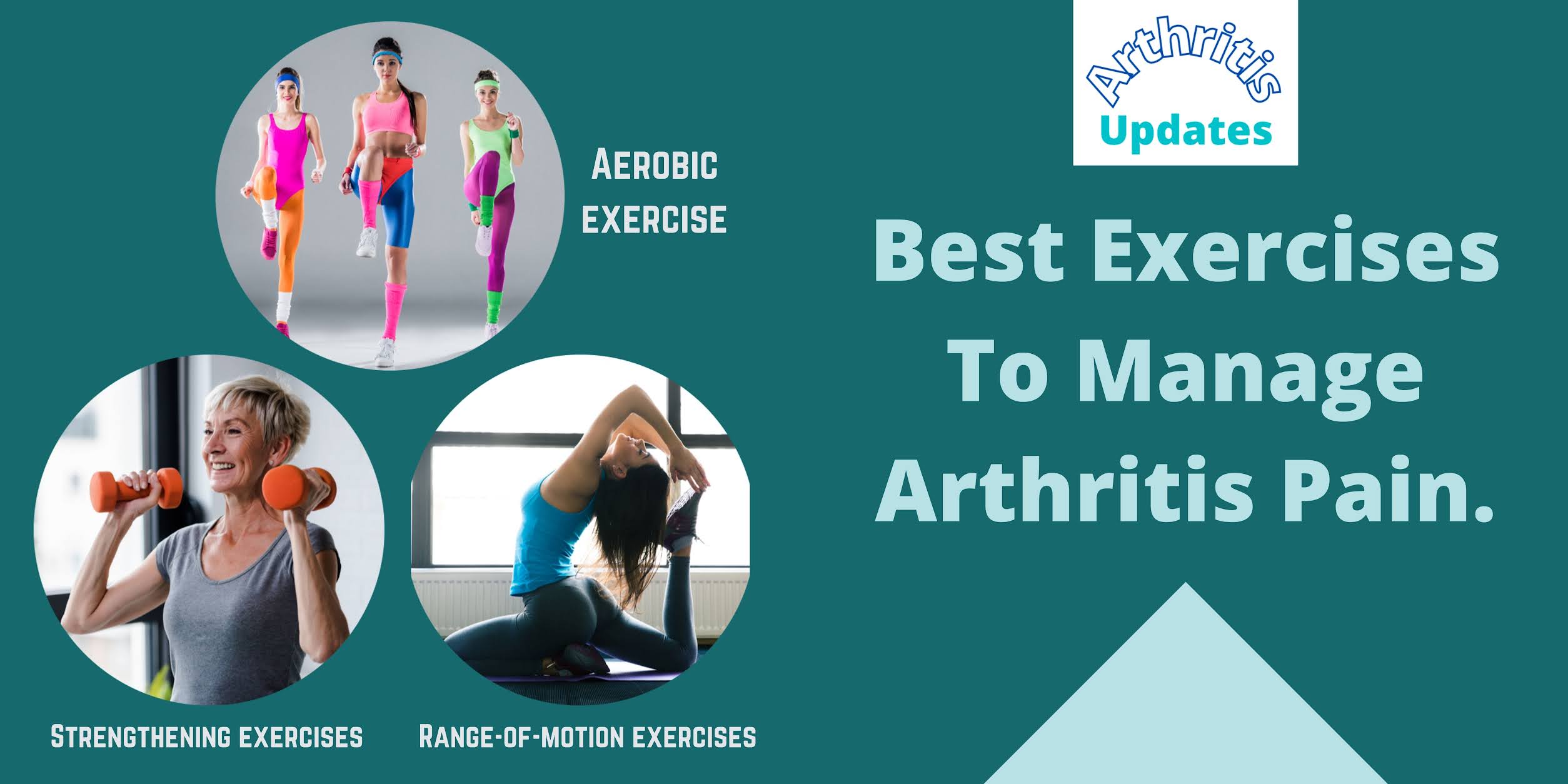Exercise plays a vital role for people
who are suffering from arthritis. It increases flexibility and strength, lowers
joint pain, also helps helps for fatigue. When the pain and stiff joints bothers
you, then thinking of walking or swimming may seem to be overwhelming.
But you don't have
to run in marathon or swim very fast as you are participating in competition also
reduce symptoms of arthritis. If you do exercise moderately also it is very easy
to reduce pain and also helps to maintain a healthy weight. When arthritis makes
you worry about immobilizing, exercise will keep you moving. If not convinced ?
Then read on.
First take advise from your doctor
Ask
your doctor to fit a exercise plan in your treatment. Which exercises are
suitable for you depending on the type of arthritis you are suffering. The
doctor or physiotherapist will find you the best exercise plan which suits you
to relive from joint pain.
Exercises
for arthritis
Your doctor or
physiotherapist will recommend the exercises for you, which may include the strengthening
exercises, range-of-motion exercises, aerobic exercise and other activities.
Range-of-motion exercises
This type of exercises
relieve us from stiffness and increases your ability to move your joints in
their full range of motion. Exercises may include movements like raising your
arms above your head (or) rolling your shoulders front and back. In most of
cases, this type of exercises can do daily.
Strengthening
exercises
This type
exercises helps you to build strong muscles and supports to protect your
joints. Weight training is the main exercise for strengthening that will help you to increase the
muscle strength. Should not exercise the same muscle group for two days in a
row. Rest should be taken at least a day between your workouts, and take extra
day if in case your joints are much in pain or swollen.
If you start a
strengthening exercise program, keep the three-day-a-week program which can help you to improve progress, All
you need to maintain your gains is two days of workout in a week.
Aerobic
exercise
Aerobic exercises
helps us with overall fitness. These exercises will make your cardiovascular
health better, Also helps you to maintain your weight and ,gain more stamina
and energy.
Example of less-impact
aerobic exercises are easy for your joints which include walking, swimming and bicycling
by the elliptical machine. At least do 1hour per day of moderately intense
aerobic exercise.
Medium intensity aerobic exercise is one
the safe and effective way if we do daily this kind of exercises it very good
than all other workout.
Other
activities
Any movement, doesn’t
matter how small it is, it can help to increase mobility. Daily activities such
as watering the garden, making the bath for your pet and walking with your
loving pet etc.,
Well known body exercises,
such as forms in yoga, will help you to improve balancing, improves posture of
your body and makes you relax. Make sure to tell the trainer about your
condition and also avoid the positions or movements which can cause pain.
How does exercise help?
It is very hard to manage pain when you have arthritis but you can reduce the pain and symptoms for your condition, and it helps you to be independent.
As long as it reduces your pain, exercise can also improve the muscle strength which will keep you strong and reduces the stiffness in joints. It also helps to improve your balance and energy levels. It helps to maintain your weight and boost your mood.
Why is physical activity more important to people with arthritis?
If
you suffer from arthritis, want to participate in physical activity it will
effect your arthritis pain, mood, and quality of life. Joint-friendly physical
activities have less-impact, which means they put small amount of stress on body,
reduces the risk of injury. Doing of physical activity will not only help
people suffers from arthritis but also other chronic conditions such as
diabetes, heart disease, and obesity.
For More Arthritis Updates Follow My Blog Thank You :)

Usefull info
ReplyDeletethank you
DeleteGreat info
ReplyDeleteNice Post buddy
ReplyDeleteThank you ankit :)
DeleteVery usefull information Aerobic is the one of the best exercise as you said..
ReplyDelete